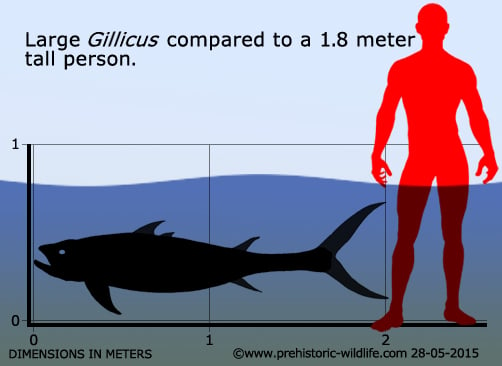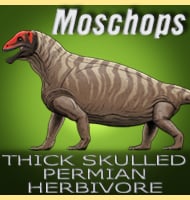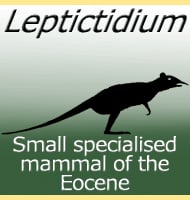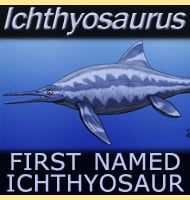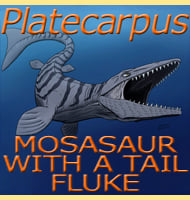In Depth
Gillicus was related to another Cretaceous bony fish, Xiphactinus, and with it shared a streamlined body with a strongly upturned mouth. These characteristic features have led both fish to be compared to the modern day Tarpon, although neither of them are actually related to it.
Gillicus had several small sharp teeth in its mouth and is thought to have used them filter zoo plankton. It is also thought by some to have eaten smaller fish by sucking them into its mouth with a vacuum when the jaws suddenly opened. Gillicus however was towards the bottom of the food chain, even being preyed upon by its larger relative Xiphactinus. A well-known specimen shows an entire Gillicus inside the belly of the Xiphactinus, although it may have ended up killing the larger predator though internal injury caused by its thrashing about inside. Gillicus would have also been prey to the sharks and mosasuars that were also active at the time and location.
Further Reading
– On the occurrence of Gillicus arcuatus (Cope, 1875) (Pisces, Ichthyodectiformes) in Mexico. – Boletin de la Sociedad Geologica Mexicana vol 61, issue 2. – Jes�s Alvarado-Ortega & H�ctor Porras- M�zquiz – 2009.
